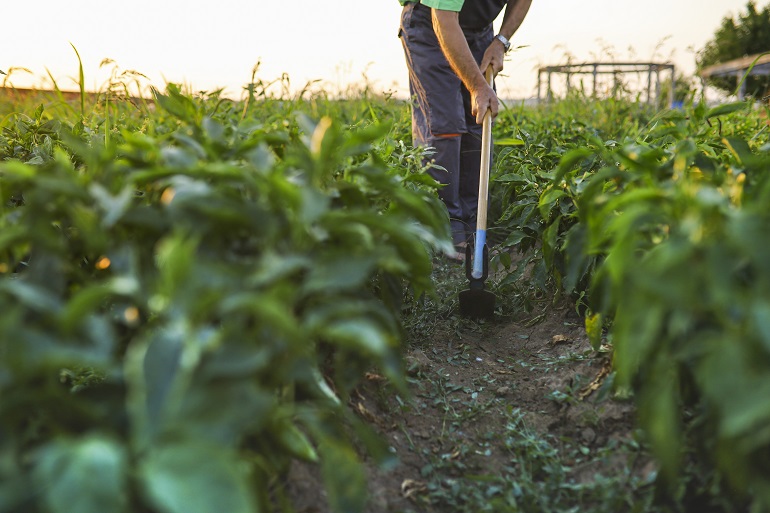What is no till-farming?

This post is also available in:
This post is also available in:
![]() Español (Spanish)
Español (Spanish) ![]() Français (French)
Français (French) ![]() Deutsch (German)
Deutsch (German) ![]() Nederlands (Dutch)
Nederlands (Dutch) ![]() हिन्दी (Hindi)
हिन्दी (Hindi) ![]() العربية (Arabic)
العربية (Arabic) ![]() Türkçe (Turkish)
Türkçe (Turkish) ![]() 简体中文 (Chinese (Simplified))
简体中文 (Chinese (Simplified)) ![]() Русский (Russian)
Русский (Russian) ![]() Italiano (Italian)
Italiano (Italian) ![]() Ελληνικά (Greek)
Ελληνικά (Greek) ![]() Português (Portuguese (Brazil))
Português (Portuguese (Brazil)) ![]() Tiếng Việt (Vietnamese)
Tiếng Việt (Vietnamese) ![]() Indonesia (Indonesian)
Indonesia (Indonesian) ![]() 한국어 (Korean)
한국어 (Korean) ![]() polski (Polish)
polski (Polish)
What is no-tillage farming?
No-till or no-tillage farming is a cultivation system that avoids all practices promoting the soil’s physical degradation. Farmers had been practicing No-tillage for thousands of years, up until the last five decades, when industrial agriculture prevailed. In no-till farming, tillage is avoided because it destroys soil structure, soil particles are dispersed, while tractors cause soil compaction.
The system of No-Till has become increasingly popular as an essential practice of sustainable agriculture thanks to its many benefits. More specifically, it allows the preservation of the soil structure, reduces the risk of soil erosion and runoff, improves water absorption and infiltration, and increases irrigation efficiency. Moreover, no-tillage favors the insect and microorganism biodiversity of the soil, making it healthier and more stable.
In such systems, the farmer usually sows or plants the crop in the residues remaining from the previous one at the field (direct sowing) without soil preparation. For weed management, farmers of no-till systems apply organic or conventional herbicides or integrated management techniques (e.g., cover crops). Apart from many environmental benefits, many farmers prefer the No-tillage method because it is time-saving and cost-efficient.








































































